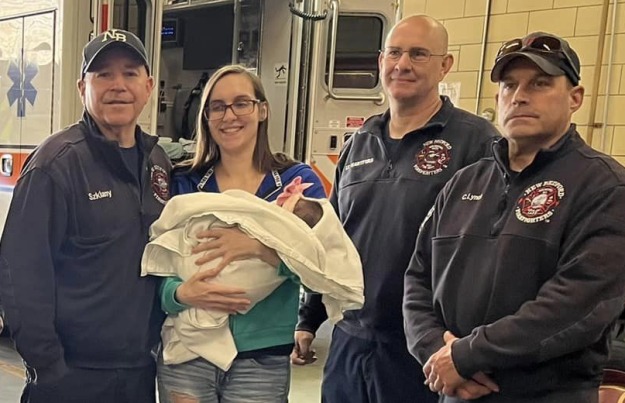The City of New Bedford is pleased to announce that four New Bedford cemeteries have been officially added to the National Register of Historic Places – Griffin Street, Oak Grove, Rural and Jewish cemeteries. The City of New Bedford initiated the process to add them to the National Register of Historic Places and hopes the designation will foster broader appreciation of the historic significance these cemeteries hold.
The National Register is administered by the National Park Service and is the nation’s official list of historic buildings, districts, sites, structures and objects that retain their historical character and are important to our local, state, or national history.
Many notable figures in both New Bedford and American history are interred in the cemeteries and the historic landscapes and architecture they contain allow these burial sites to serve as educational tools.
Mayor Jon Mitchell said, “At a least one of these cemeteries has existed for more than 200 years and each of them tells us a great deal about the history of our community, what its people have achieved, and how our society has evolved over time. Designation to the National Register raises awareness of these historic resources and has the potential to serve as a catalyst for broader preservation efforts.”
Recently, New Bedford has seen a resurgence of public interest in its cemeteries as important historic resources. For example, hundreds attend the New Bedford Preservation Society’s annual cemetery tours in which historic portrayals of local notable figures take place graveside.
Griffin Street Cemetery
The Griffin Street Cemetery was established in 1802 and although it was not the first cemetery in New Bedford Village it is the oldest surviving one, as earlier burial grounds were relocated. It is the only cemetery remaining in the commercial core of the city. Well-known and longstanding families of early Bedford Village are buried here and the cemetery includes markers by early Eastern Massachusetts stone carvers.
Rural Cemetery
Founded in 1837, New Bedford’s Rural Cemetery is the fifth oldest such cemetery in the United States. It was the first cemetery in the city to be sited in a suburban location, and its earliest section reflects the transition from an earlier graveyard model to the rural cemetery concept with its winding avenues, irregular plots, and ample vegetation. Rural Cemetery is the final resting place for many of New Bedford’s wealthiest, most renowned, and most accomplished citizens; many of them whaling merchants, city civic leaders, and persons significant in the larger national sphere such as American landscape painters Albert Pinkham Ryder and Albert Bierstadt, as well as abolitionist Daniel Drayton. The cemetery also includes a large section owned by the New Bedford Monthly Meeting of the Society of Friends and contains the graves of many of the city’s African -American population.
Oak Grove Cemetery
Founded in 1843, Oak Grove Cemetery is the first publicly-owned cemetery in New Bedford. The old section of Oak Grove Cemetery, with its picturesque setting provided rural respite from rapid urbanization and served a dual role as a park in the mid 19th century. Old Oak Grove Cemetery also contains an exclusively African American section. The new section is ethnically the diverse representing the post-1890 city with people of Polish, Irish, Greek, German, Austrian, Scandinavian, and Portuguese descent who worked in the city’s textile mills.
Jewish Cemetery
The Jewish Cemetery is an assemblage of the cemeteries of four New Bedford synagogues and one mutual aid society. In form and inscription content, the gravestones in the Jewish Cemetery are markedly distinct from non-Jewish cemeteries in the city; in large measure the narrow form of early markers and the overall density of the burial ground appear to sustain eastern European burial customs. Most specifically, Jewish gravestone iconography exists nowhere else in New Bedford.
Visit the Massachusetts Cultural Resource Information System (MACRIS) to search the Massachusetts Historical Commission database for more information on these historic properties and others in New Bedford and the Commonwealth.
 New Bedford Guide Your Guide to New Bedford and South Coast, MA
New Bedford Guide Your Guide to New Bedford and South Coast, MA








